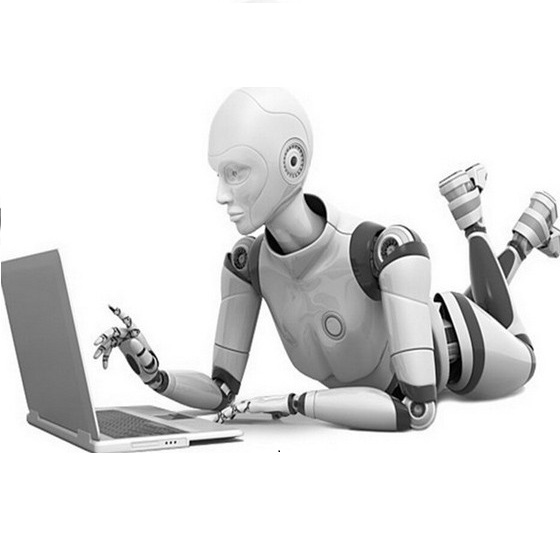More tasks in Machine Reading Comprehension(MRC) require, in addition to answer prediction, the extraction of evidence sentences that support the answer. However, the annotation of supporting evidence sentences is usually time-consuming and labor-intensive. In this paper, to address this issue and considering that most of the existing extraction methods are semi-supervised, we propose an unsupervised evidence extraction method (U3E). U3E takes the changes after sentence-level feature erasure in the document as input, simulating the decline in problem-solving ability caused by human memory decline. In order to make selections on the basis of fully understanding the semantics of the original text, we also propose metrics to quickly select the optimal memory model for this input changes. To compare U3E with typical evidence extraction methods and investigate its effectiveness in evidence extraction, we conduct experiments on different datasets. Experimental results show that U3E is simple but effective, not only extracting evidence more accurately, but also significantly improving model performance.
翻译:机器阅读理解(MRC)的更多任务要求,除了回答预测外,还需要提取支持答案的证据判决。然而,辅助性证据判决的说明通常耗时费力。在本文件中,为了解决这一问题,并考虑到大多数现有提取方法都是半监督的,我们建议采用一种不受监督的证据提取方法(U3E)。U3E在文档的句级特征去除后,将变化作为输入,模拟人类记忆衰减造成的解决问题能力下降。为了在充分了解原始文本的语义的基础上作出选择,我们还提议了快速选择这种输入变化的最佳存储模式的计量。要将U3E与典型的证据提取方法进行比较,并调查其在证据提取方面的有效性,我们在不同数据集上进行实验。实验结果表明,U3E不仅简单,而且有效,不仅更准确地提取证据,而且显著改进模型性能。



